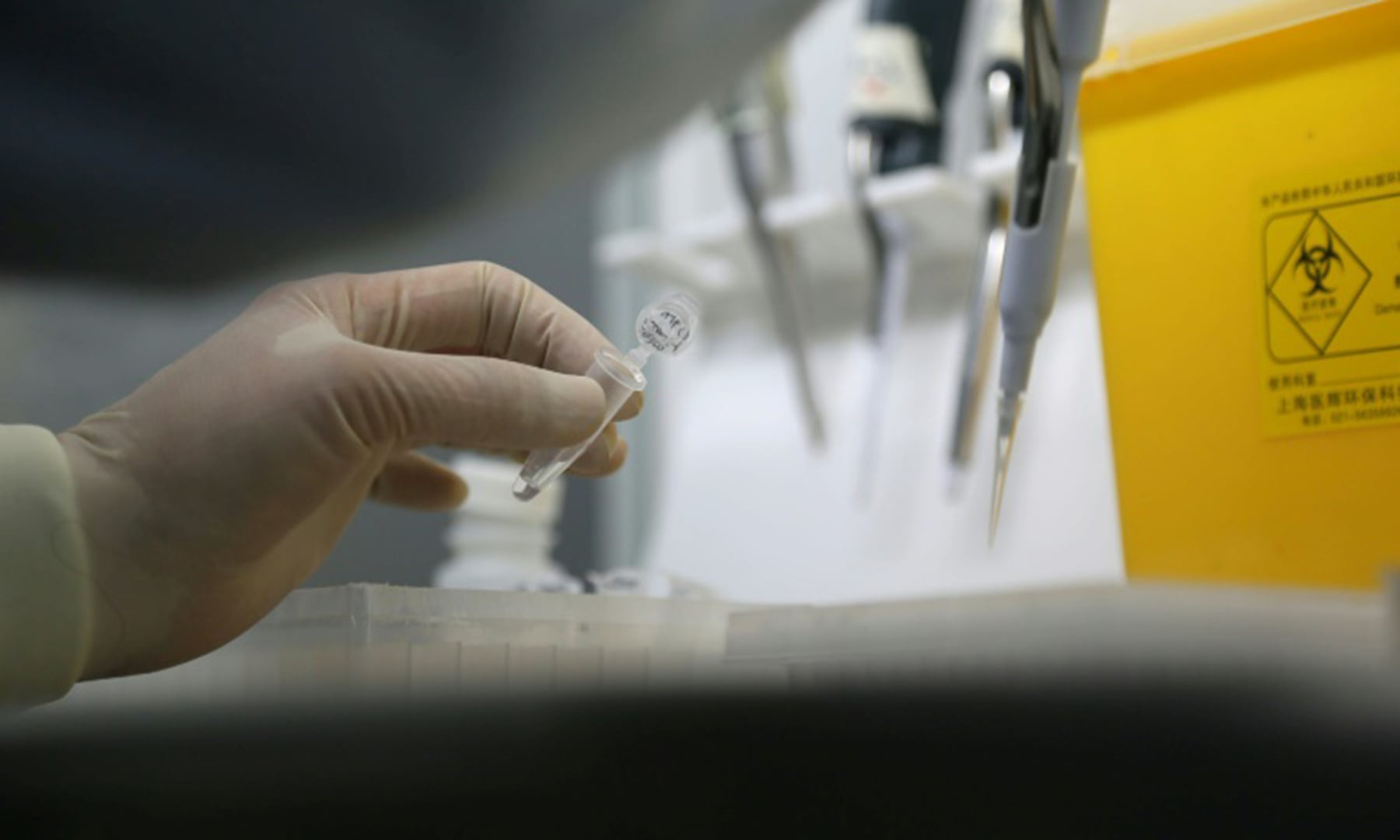BEIJING: China believes a mysterious pneumonia outbreak that struck 59 people is caused by a new strain of virus from the same family as SARS, which killed hundreds of people more than a decade ago.
Lead scientist Xu Jianguo told the official Xinhua news agency that experts had “preliminarily determined” a new type of coronavirus was behind the outbreak, first confirmed on Dec 31 in Wuhan, a Chinese city with a population of over 11 million.
It initially sparked fears of a resurgence of highly contagious Sudden Acute Respiratory Syndrome (SARS), and prompted authorities in Hong Kong — badly hit by SARS in 2002-2003 — to take precautions, including stepping up the disinfection of trains and aeroplanes, and checks of passengers.
China has since ruled out a fresh outbreak of SARS, which killed 349 people in mainland China and another 299 in Hong Kong.
“A total of 15 positive results of the new type of coronavirus had been detected” in the lab, through tests on infected blood samples and throat swabs, Xu said.
The World Health Organisation (WHO) confirmed the preliminary discovery of a new coronavirus in a statement.
“Further investigations are also required to determine the source, modes of transmission, extent of infection and countermeasures implemented,” said Gauden Galea, the WHO Representative to China.
Wuhan’s health commission said on Sunday seven of the 59 patients were seriously ill, but none had died. All received treatment in quarantine.
Eight patients have recovered and were discharged from hospital on Wednesday, according to Xinhua.
The commission said the infection broke out between Dec 12 and 29, with some of the patients employed at a city seafood market since closed for disinfection.
No obvious evidence of human-to-human transmission has been reported so far.
Footage from Jan 1 by state broadcaster CCTV showed an official notice at the market saying it had been closed in light of the “current pneumonia situation in our city”, without providing a date for reopening.
The outbreak comes just a few weeks before China’s busiest annual travel period, when millions of people take buses, trains and planes for Lunar New Year.
A Chinese transport ministry official said at a briefing that arrangements were made for “disinfection, monitoring and prevention” focusing on areas with large numbers of passengers, including stations and cargo hubs.
Civil aviation and national railway authorities said they had not received any reports of affected patients taking flights or trains, and that they were closely watching the situation.
WHO representative Galea said “people with symptoms of pneumonia and reported travel history to Wuhan have been identified at international airports”.
The organisation has not recommended any travel restrictions on China.
In Hong Kong, hospitals have raised their alert level to “serious” and stepped up detection measures — including temperature checkpoints for inbound travellers.
City residents worried about the outbreak have rushed to buy face masks from local pharmacies, with many selling out earlier this week.
Inbound trains and flights from the mainland are undergoing extra cleaning and disinfection, authorities said.
Additional thermal imaging systems have been set up at the city’s airport, while inbound high-speed rail passengers from the mainland face checks by hand-held infrared thermometers.
